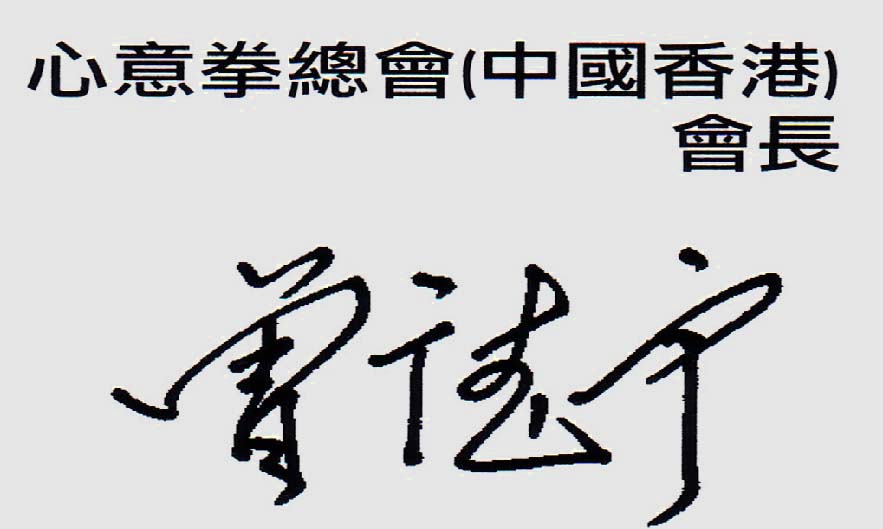Taijiquan is a martial art with a long history in Hong Kong. The city began to see the introduction of different styles of Taijiquan as early as the 1930s. However, Zhaobao Taijiquan was not known by the people of Hong Kong until recently because this style had long been taught and practiced in secrecy. It was a rarely-known style even in Mainland China. Derived from the same origin yet having their own characteristics, different styles of Taijiquan are like reflections of the moon in different rivers. The style of Zhaobao Taijiquan passed down by Zheng Wuqing is characterized by its circular, small and compact movements. It suits both the people looking for good health and those interested in its self-defense aspect. Among the major promoters of Zhaobao Taijiquan in Hong Kong, Mr. Kwan Wing-kwong is definitely one of the most outstanding ones.
I have known Mr. Kwan for more than twenty years. We became good friends as soon as we first met and often put our martial skills to the test through friendly sparrings. Mr. Kwan is an expert in martial arts. In 1993 he became a disciple of Song Yun-hua, a well-known master of Zhaobao Taijiquan. After achieving mastery of the art, he decided to teach and promote this gem of martial arts in Hong Kong, thereby adding a missing piece to the mosaic of martial arts in Hong Kong. Now Zhaobao is able to rival other well-established styles of Taijiquan in popularity. This attests to Mr. Kwan’s hard work and unfailing enthusiasm.
In the early 1990s Mr. Kwan became a member of the Hong Kong Chinese Martial Arts Dragon and Lion Dance Association (formerly known as Hong Kong Chinese Martial Arts Association). As an active and committed member, he has represented the association to compete in many martial arts competition and give demonstrations in a number of occasions. He is also an instructor of our Neijia Quan referee training courses and had been the event supervisor of the Open Neijia Quan Competitions. Now he serves as a member of our executive committee and contributes a lot to the development of the association and promotion of traditional Chinese martial arts.
As the ancient Chinese saying goes: “Teachings will not travel far without elegant composition of the words.” In additional to in-person teaching, the best way of promoting traditional Chinese martial arts is writing and publishing books. Shoubi lu (Records of the Arm) by Wu Shu and Taijiquan jing (Treatises on Taijiquan) by Wang Zongyue are two ancient examples. With the advances of modern technology, modern times have seen a tremendous surge of publications on martial arts. Following in the footsteps of these forerunners, Mr. Kwan now publishes his book on Taijiquan, which is rich in illustrations and information. In this book Mr. Kwan discloses the details about the theories and applications of Zhaobao Taijiquan. I am sure that both practitioners of this style of Taijiquan and aficionados of other martial arts would benefit from it.

Tsang Tak Ning
President
Xin Yi Martial Arts Association (Hong Kong China)
